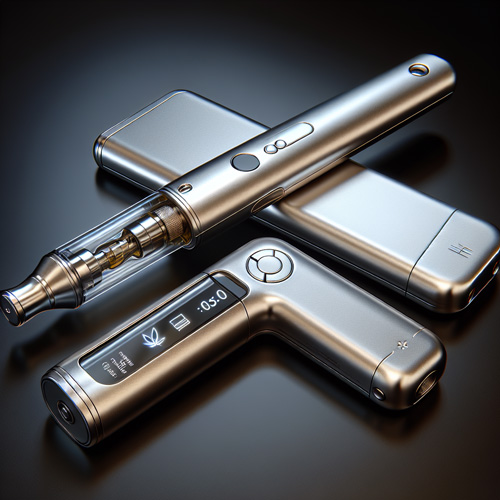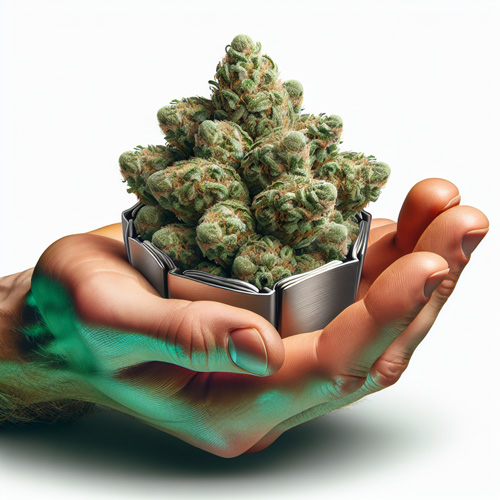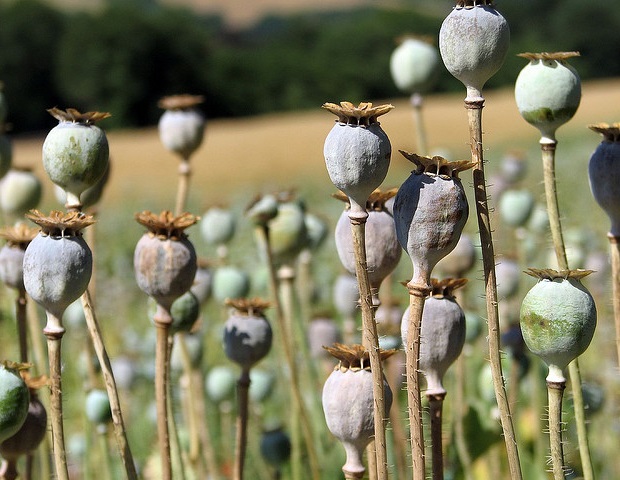Cannabis and the Ancient Chinese
The Chinese word for the cannabis (hemp) plant, going back to at least 2700 BC, was "Ma." It is and was pronounced Má, the same way we pronounce an affectionate term for mother. It seems particularly fitting that the Chinese word for cannabis is the same word in English for one that gives life!
The Chinese word for the cannabis (hemp) plant, going back to at least 2700 BC, was “Ma.” It is and was pronounced Má, the same way we pronounce an affectionate term for mother. It seems particularly fitting that the Chinese word for cannabis is the same word in English for one that gives life!
Cannabis was so revered in the early Chinese cultures, that a compound word, dama (pronounced dàmá), was used to refer to medicinal qualities of cannabis. The “da” portion means big or great so the “da” in the compound word, dama, was to emphasize the great strength that cannabis exhibited in curing ailments.
In early China, civilizations sprung up on the great rivers like the Hwang-Ho. Cannabis grew wild everywhere in these areas but it is known from archeological evidence that cannabis was grown in China as far back as 10,000 years BC! It is thought that initially is was prized primarily for the strong and relatively easy to grow fiber it produced, replacing animal furs for clothing. Whole fields of cannabis were planted to use in bow and arrows for defensive armies. It wasn’t long before it was discovered that cannnabis seeds (hemp seeds) were an excellent food source. It is thought that once cannabis was ingested on a regular basis, it’s medicinal qualities were also discovered as people tried to consume other parts of the plant.
In about 2737 BC, a Chinese emperor by the name of Shen-Nung developed the first written compendium of medicines, a pharmacopeia, derived mostly from plants but also from minerals and animals. Legend has it that Shen-Nung was quite a colorful shaman (priest doctor) who was determined to find medicines, rather than depend on magic, to cure his patients. He used himself as a human guinea pig to test potential medicines, some of which were poisonous and he could have died from taking.
One of the top medicines listed in Shen-Nung‘s medical compendium was “ma,” or cannabis. He and other early Chinese doctors treasured for its “yin and yang” quality, a concept first introduced by another emperor, Fu Hsi, several decades before. It was thought that cannabis brought balance back to the body. It was historically used to treat many diseases. Interestingly, many sufferers of rheumatoid arthritis and other autoimmune diseases still use cannabis to self-care for their illness. The compendium described in detail which parts of the cannabis plant had medicinal qualities and which parts were poisonous.
Shen-Nung is still an honored legend of a man in China. He is often referred to as the Father of Chinese Medicine much in the same way as Hippocrates of Kos, the famous Greek physician, is called the Father of Modern Medicine. Some drug stores in China still offer discounts on certain days in honor of Shen-Nung. He is so renown for his herbal remedies, including cannabis still used today in Chinese medicine, he is often depicted wearing a sheaf of green leaves.
Shen-Nung’s compendium of medicines became known as the Pen Ts’ao (Pen Ts’ao Kang Mu), which is loosely translated to “The Herbal.” Later iterations of this compendium because known as the Materia Medica. In the sixteenth century AD, Li Shi Chen, extensively rewrote the Pen Ts’ao using language that was easier to understand. He also removed known poisons from the list of herbals and added new herbals that had been discovered over the centuries. Cannabis remained as one of the most important medicinal plants in this newer version.
In the 1600’s, during the Manchu Dynasty, western civilizations began again to have diplomatic ties with China. It is during this time that western medicine gain access to the wisdom of Chinese medicine as Chinese textbooks were translated into western languages and circulated among university trained western physicians. In fact, it is thought this is how western medicine first began to fully learn about the medicinal value of cannabis which was used extensively in western medicine until the early 1900s when pharmaceutical companies began lobbying to have it banned.
Some historians believe the Chinese may have been the very first culture to use cannabis in medicinal ways, although its usage did spread to other early cultures. Certainly, the oldest stash of medical cannabis was discovered in the tomb of a Chinese shaman. The radio carbon dating estimated the tomb was laid about 700 BC. This amazing discovery was reported in the Journal of Experimental Botany.
Interestingly, acupuncture, another prominent technique developed by the Chinese, and still used widely today, is now thought to stimulate the endocannabinoid system in much the same way that cannabinoids like CBD found CBD oil do! The world is beginning to realize that modern western medicine does not have a monopoly on how to cure disease. Holistic approaches, like those developed by the ancient Chinese, including the use of cannabis, still seem to work very well, if not better, than many of the western medicine techniques. In fact, it is odd to think that anyone would actually discount a remedy that was used for thousands of years and is still use by many as a home remedy today.




































/5Total reviews
Persons recommended this product
Filter by
star Rating
attach_file Attachments
Anonymous
Shopper
check_circle Verified
Shop owner replied
Was this helpful
Facebook
X (Twitter)
LinkedIn
Reddit
Copied to Clipboard
Anonymous
Shopper
check_circle Verified
Shop owner replied
Was this helpful
Facebook
X (Twitter)
LinkedIn
Reddit
Copy Link
Thanks for your review!
Your feedback helps us improve our service.
There are no reviews yet.
Be the first to review “ ”
Only logged in customers who have purchased this product may leave a review